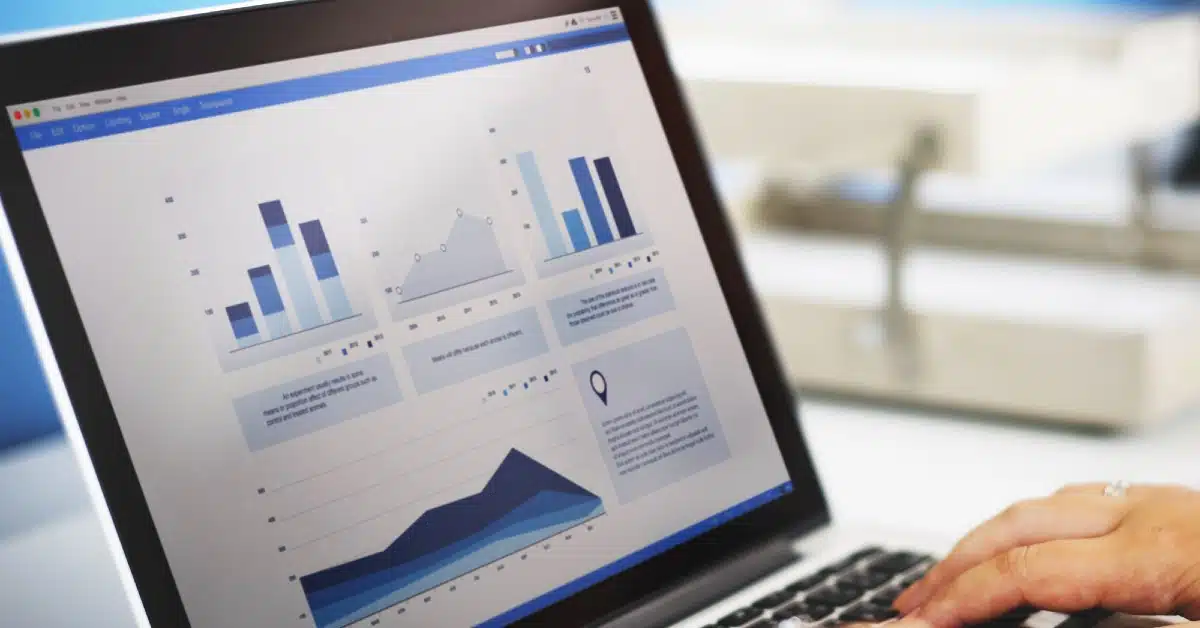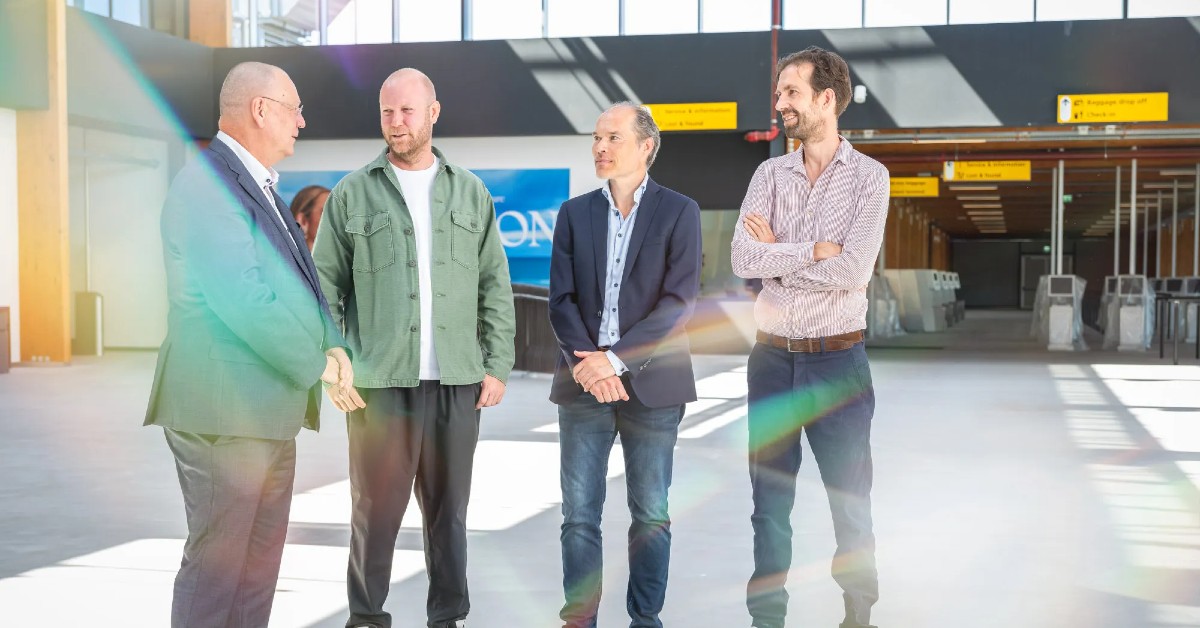Amsterdam-based Roader has revealed its Time Machine Cam during the Mobile World Congress in Barcelona. The device allows to save the last 10 seconds of its continuous recording postfactum and record the 10 seconds after. The wearable will arrive to “major online retail channels” later this year with a €149 price tag. The startup is founded by Sjoerd Pitstra, Wouter Woudstra, and Joost Godee, the Flip camera designer.
Not your ordinary wearable camera
The main difference between the Dutch startup’s product and most other wearable cameras on the market—including Snapchat’s Spectacles—is that the Time Machine Cam works similarly to some dashboard cams in cars, i.e. effectively records everything that happens before its lens. The recording goes into a 10-second buffer, which is continuously written over. Whenever you want to pull the “time travel” trick, the camera saves the last 10 seconds of its recording and records a further 10-second fragment. The idea makes a lot of sense, as it allows the user to avoid going through gigabytes of video shot by a normal camera in order to find the moments worth remembering and sharing.
Inspired by a meteoroid
In 2013, YouTube was overwhelmed by dashcam videos of a meteoroid that exploded near the Russian city of Chelyabinsk. “In the Netherlands, dashcams are not nearly as popular as in Russia,” Pitstra said. “And how many people will have their phone out of their pocket in time and put into recording mode when such a huge thing would happen in the Netherlands? Thus, the idea was born of a camera that could capture interesting events of the recent past, without the need to record all the boring events before and after. A camera that delivers instant interesting videos, and that transfers the recordings automatically to your smartphone, so you can share them directly.”
Here’s what the meteoroid looked like
Hardware specs and software platform
The camera shoots video with a resolution of 1080×1080 pixels, which can be shared easily thanks to “integration with mobile platforms and native sharing,” Roader stated in its press release. The battery life is promised at four hours, which doesn’t sound like a lot—but don’t forget that the camera is effectively working non-stop all the time you’re wearing it. Roader also announced a companion software platform and a web portal for sharing and publishing movies made with the Time Machine Camera.










01
From telecom veteran to Dutch Startup Visa success: The Jignesh Dave story